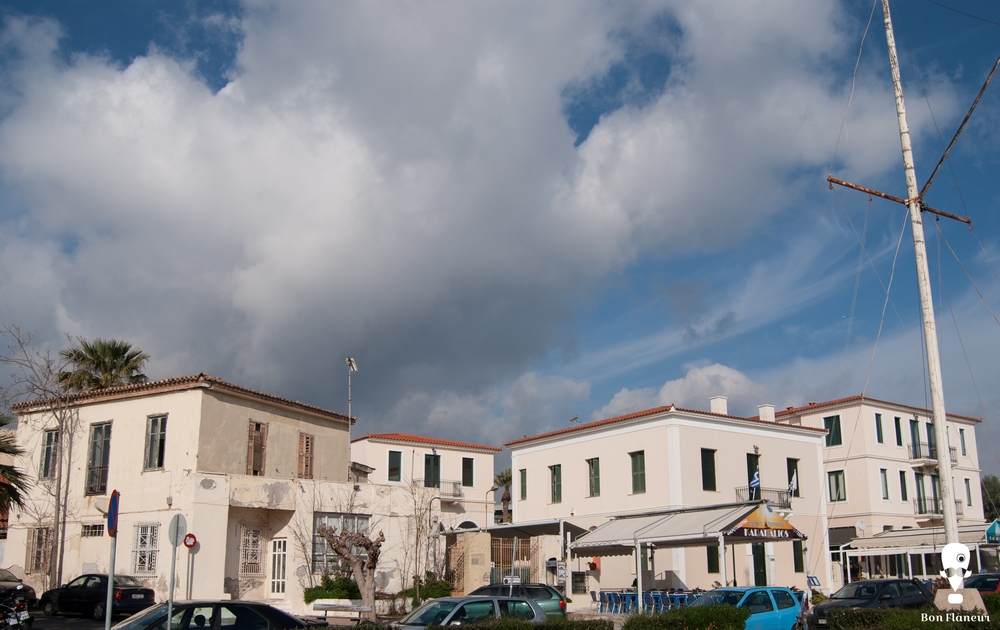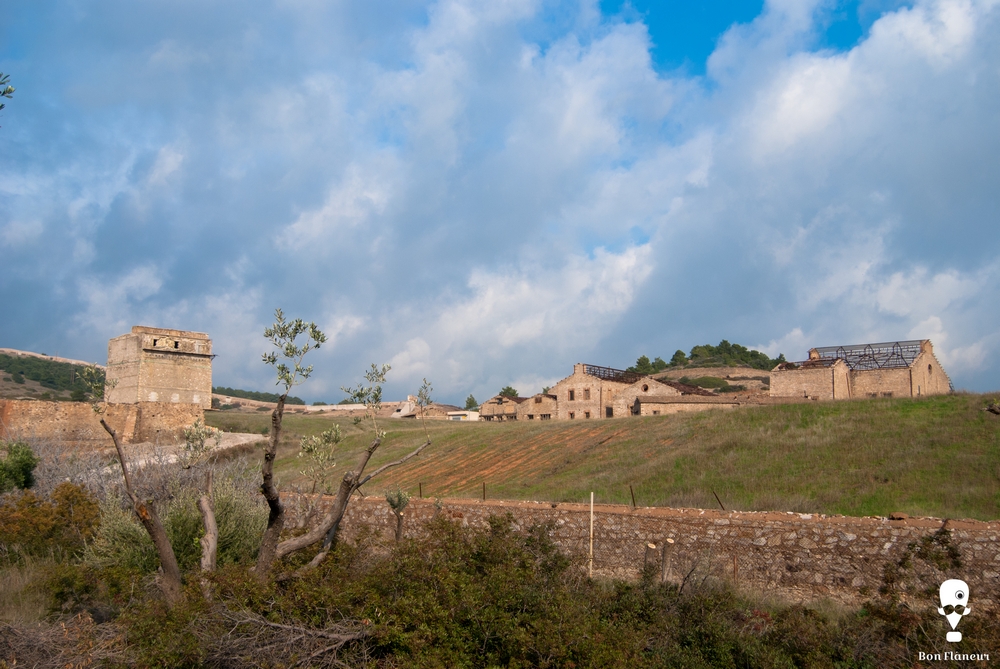Lavrio
Lavrio is a town with interesting architecture and is one of Athens' ports.
Location
Timeline
Modern and Contemporary era (1821 - )
1864 The Italian-French company "Hilarion Roux et Cie" was founded by J.P. Serpieri, and the following year a factory opened with 18 furnaces, metalwork spaces, machine shops and a railway.
1869 The company came into conflict with the state over rights to the remnants of ancient minerals. This conflict is known as the "Lavrio Issue". After some years, the negotiations resulted in the creation of two companies, one Greek and one French.


















Share